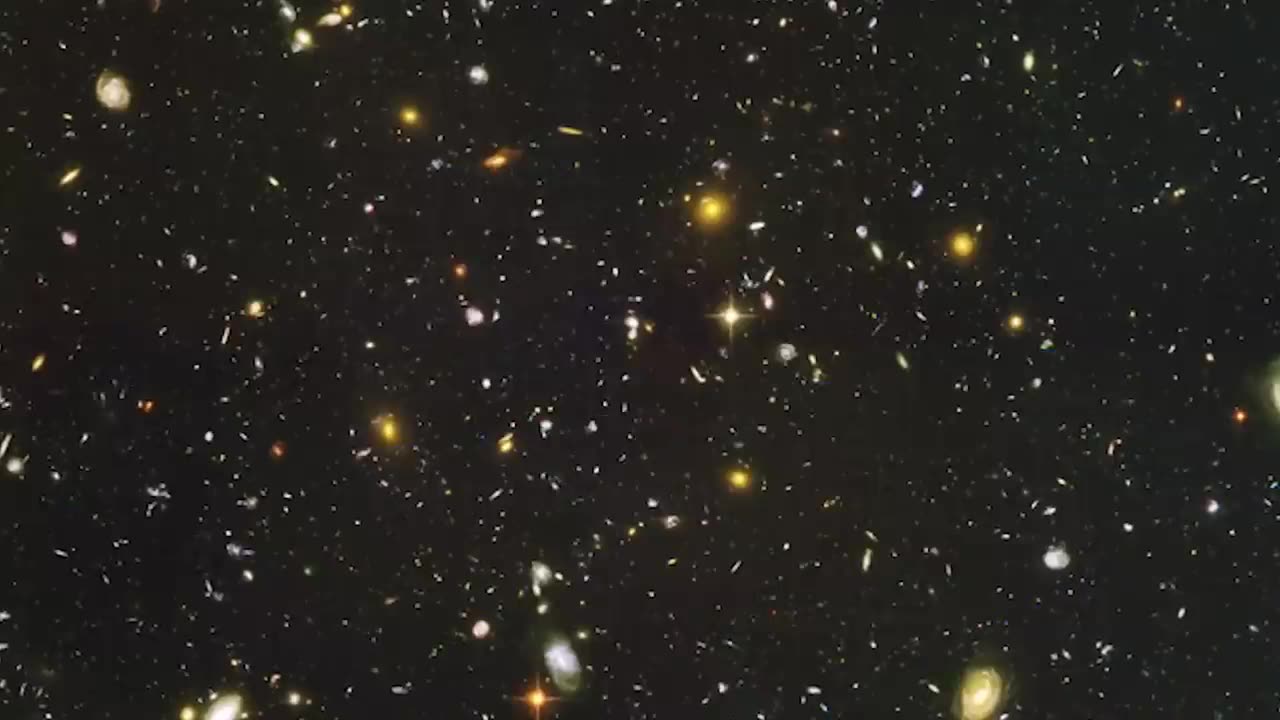Premium Only Content

"Exploring the Infinite: NASA’s Take on the Enormity of Space"
Space is vast—beyond what most of us can truly imagine. When we ask “How big is space?” the answer isn’t simple, even for experts. To get a clearer perspective, we turned to a NASA specialist who helps break down the immensity of the cosmos in relatable terms. First, space is essentially infinite. Unlike measuring the length of a road or the height of a building, the universe has no defined edge. Scientists estimate that the observable universe—the part we can see and study—extends about 93 billion light-years in diameter. That means light, traveling at 186,000 miles per second, would take 93 billion years to cross it. Yet, this observable portion is just a tiny fraction of the entire universe, which may be infinitely larger. Within this incomprehensible expanse lie countless galaxies, each containing billions of stars, planets, and other celestial objects. Our home galaxy, the Milky Way, spans about 100,000 light-years across, which itself is a staggering distance. Beyond that, there are billions more galaxies stretching into the cosmic horizon. The expert also explained that space isn’t just vast in size but complex in structure. It includes enormous voids—empty spaces with very few stars—interspersed with clusters of galaxies and cosmic filaments forming a large-scale web. Understanding the scale of space helps put Earth and humanity into perspective. Our planet is a tiny dot in the vast cosmic ocean. Yet, despite this enormity, we continue to explore, learn, and push the boundaries of what we know about the universe. Space’s vastness is humbling, inspiring, and a reminder of how much more there is to discover. The quest to understand its true size is ongoing, combining observations, theory, and curiosity. #SpaceExploration #NASA #Universe
-

Russell Brand
3 hours agoTrump Goes NUCLEAR on China - accuses Xi of CONSPIRING against US with Putin & Kim - SF627
93.7K35 -
 1:14:47
1:14:47
Sean Unpaved
2 hours agoTrey Wingo's Gridiron Grab
9.68K1 -
 13:43
13:43
The Kevin Trudeau Show Limitless
4 hours agoClassified File 3 | Kevin Trudeau EXPOSES Secret Society Brainwave Training
1.5K3 -
 13:07
13:07
Silver Dragons
20 hours agoBullion Dealer Reacts to SILVER PRICE SURGING!
1.54K5 -
 1:06:28
1:06:28
Timcast
2 hours agoTrump Admin Threatens GOP Who Vote To Release Epstein Files
129K83 -
 2:13:09
2:13:09
Side Scrollers Podcast
3 hours agoDruski/White Face Controversy + Women “Experience Guilt” Gaming + More | Side Scrollers Live
22.5K3 -
 1:39:53
1:39:53
The Mel K Show
3 hours agoMORNINGS WITH MEL K - Narratives Implode as Light Shines on Covid Deception 9-3-25
17.6K6 -
 DVR
DVR
The Shannon Joy Show
2 hours agoExclusive With Congressman Tom Massie: "The Epstein Files Are NOT A Hoax. There Are Real Victims"
12.1K2 -
 1:52:46
1:52:46
Steven Crowder
5 hours agoCongress Drops New Epstein Files and Trump Drops New Bombs on Venezuela Terrorists
307K165 -
 1:10:39
1:10:39
The Rubin Report
4 hours agoCNN Host Actually Thought She'd Outsmarted Shapiro, Until He Asked This
66K43